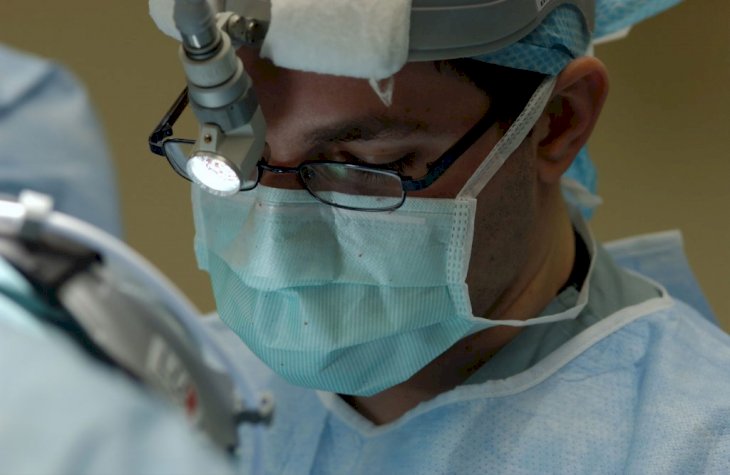
A Comprehensive Guide To Beauty Marks & Their Removal
Beauty marks or moles have been symbols of beauty for centuries. Even Shakespeare was into small pigmented ‘blemishes’ on women’s faces.
Beauty icons such as Marilyn Monroe and Cindy Crawford have beauty marks on their faces. Some women even have these small marks permanently tattooed on their skin for cosmetic purposes.

Getty Images
The beauty world has a love-hate relationship with pigmented spots. While some find them desirable, others draw them on. There is also the threat of skin cancer from some types of moles, which prompt surgical removal.
Read further to learn more about beauty marks, their removal processes and possible health concerns.
The Beauty Mark Vs A Mole

Getty Images
Beauty marks and moles are the same things, the terms are just used interchangeably. Dermatologist, Neal Schultz, clarified this by explaining the connotative differences between the words.
“...the term ‘beauty marks’ has an aesthetic connotation, we generally tend to call moles on the face beauty marks, while the same exact mole elsewhere on the body is just called a mole,”
says Dr Neal Schultz
Another common misconception about these pigmented spots is that they are all birthmarks. Although you can be born with a mole, many people do develop moles as they go through life. Most people will have developed their moles by 25 years old.
Iconic Beauty Symbol

Getty Images
Moles, especially on the face, have been dubbed as symbols for beauty as early as the 18th century. People used to wear velvet patches on their faces to resemble moles and hide their smallpox scars. Queen Marie Casimire of Poland popularized this fake mole trend in her time, and it stuck for years.
Modern pop culture has embraced moles as marks of beauty. Moles even appear on animated female characters to make them more ‘attractive’. These days people draw, tattoo or add piercings to mimic moles on their faces.
Surgical Mole Removal

Photo by National Cancer Institute on Unsplash
Spot removal is for both cosmetic and health-related reasons. Some moles can continue to grow to an undesirable size for the person who has them, or they can end up being a cancerous skin ailment.
Professional removal is ideal for any of these reasons. Trying to remove moles from home can leave bad scarring and will not completely remove cancer cells.
Dermatologists remove moles by performing a shave or surgical excision. Stitches are only required for a surgical excision as the doctor would have cut below a subcutaneous fat layer to remove the mole. You can also opt to get moles reduced rather than removed if they aren’t cancerous.